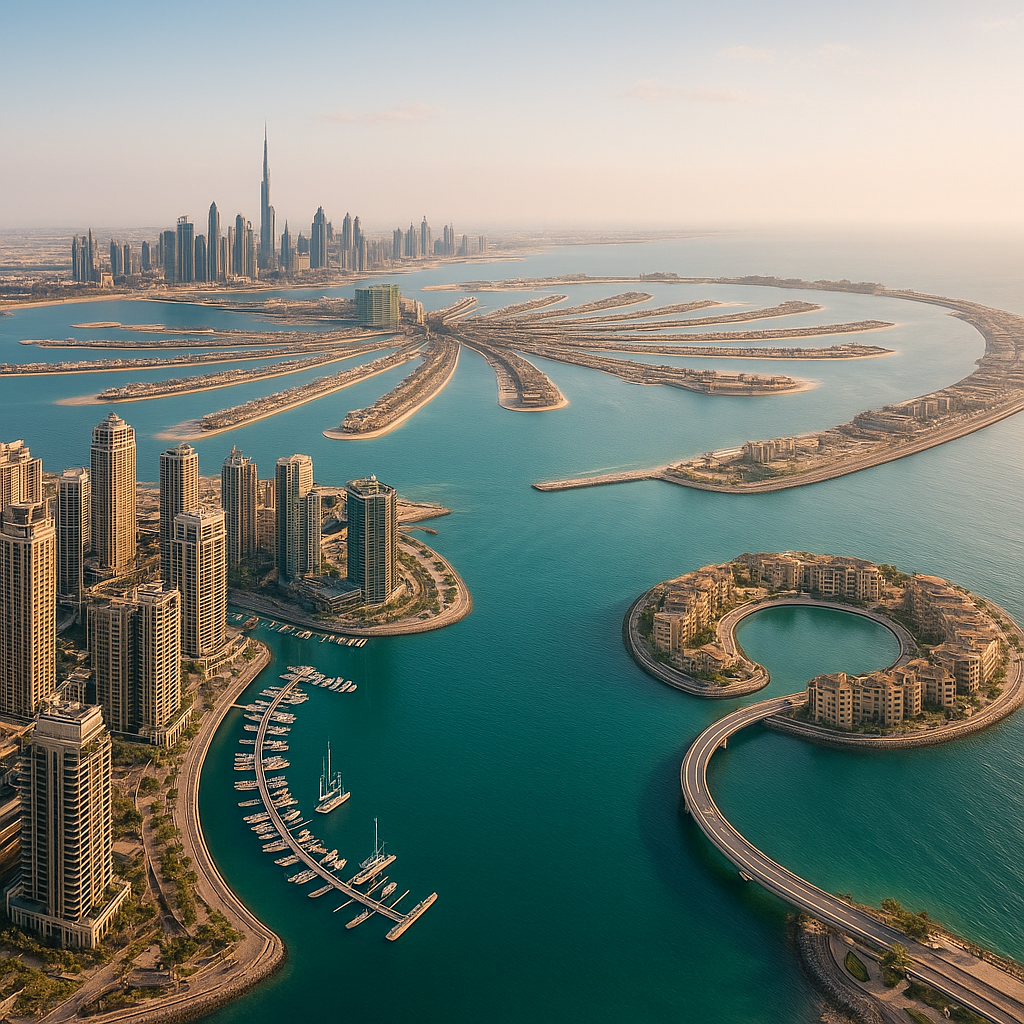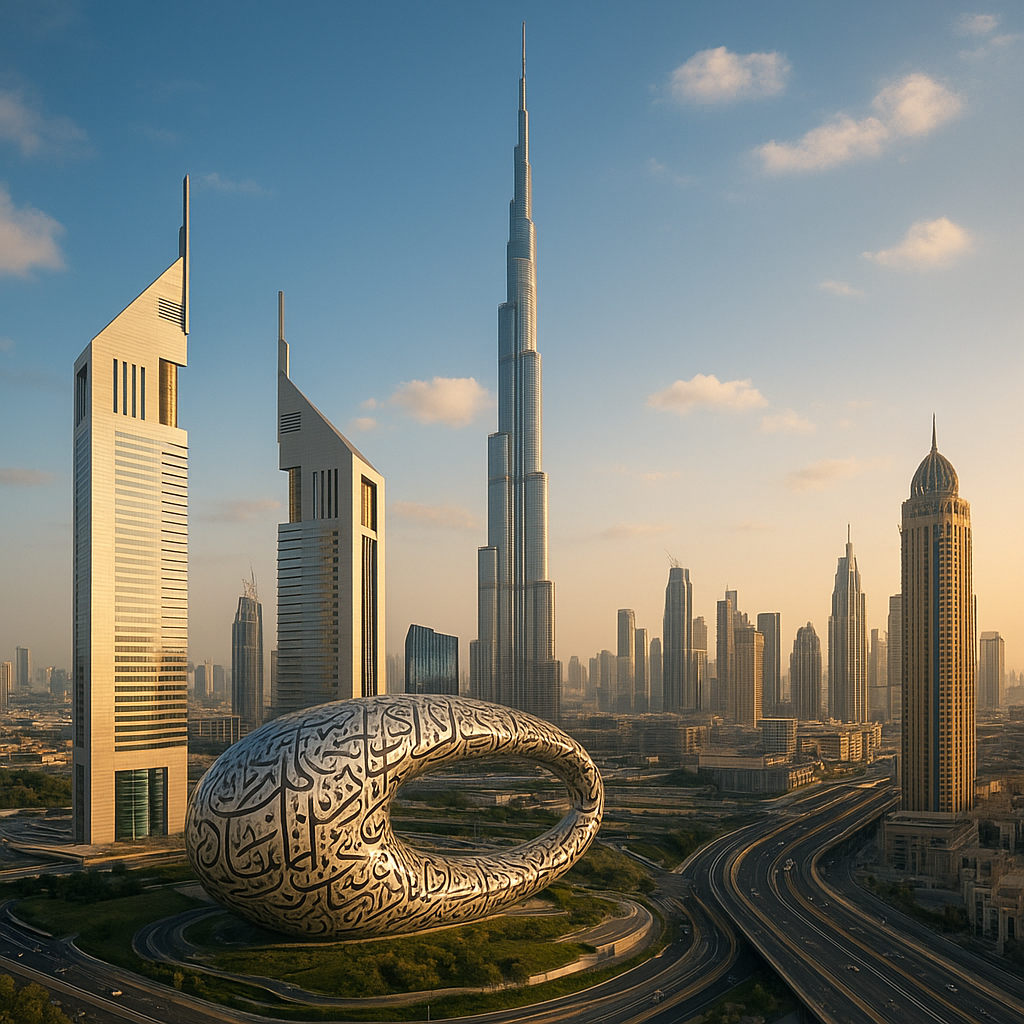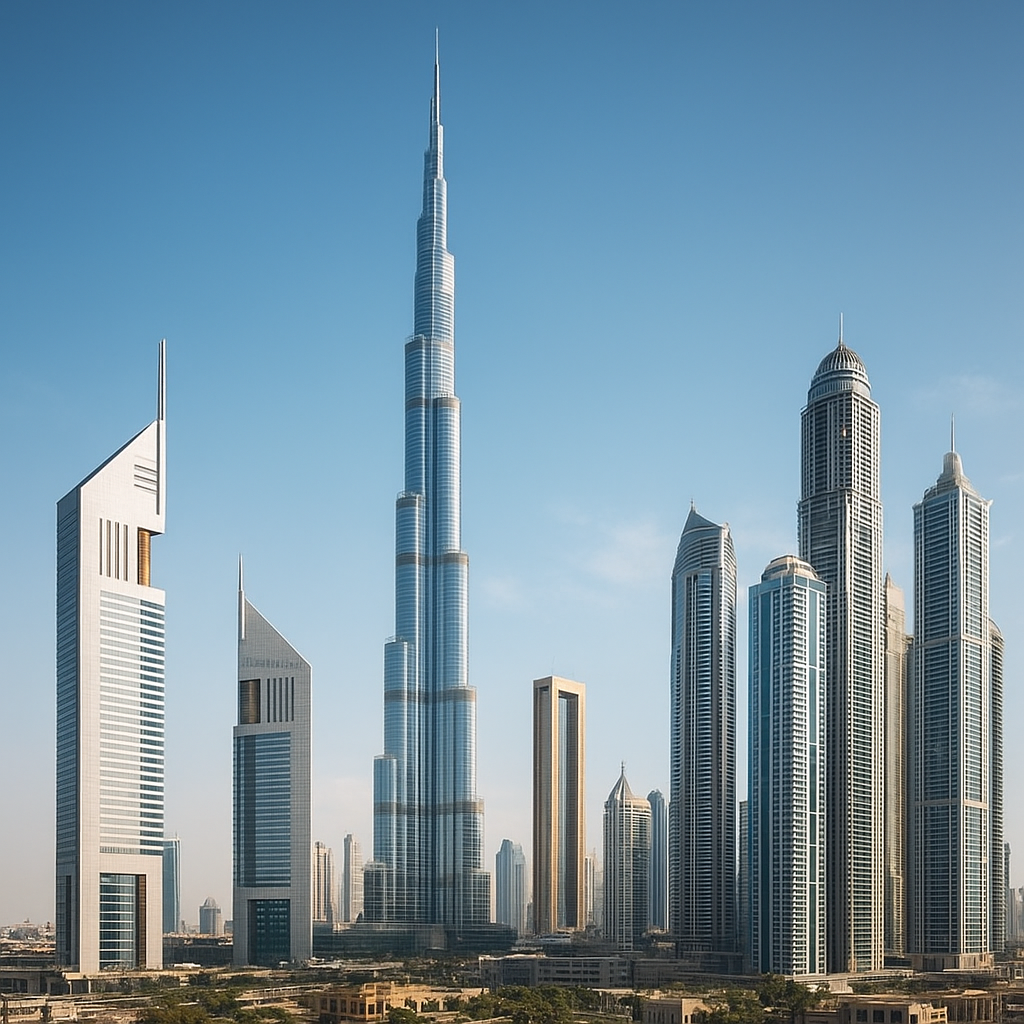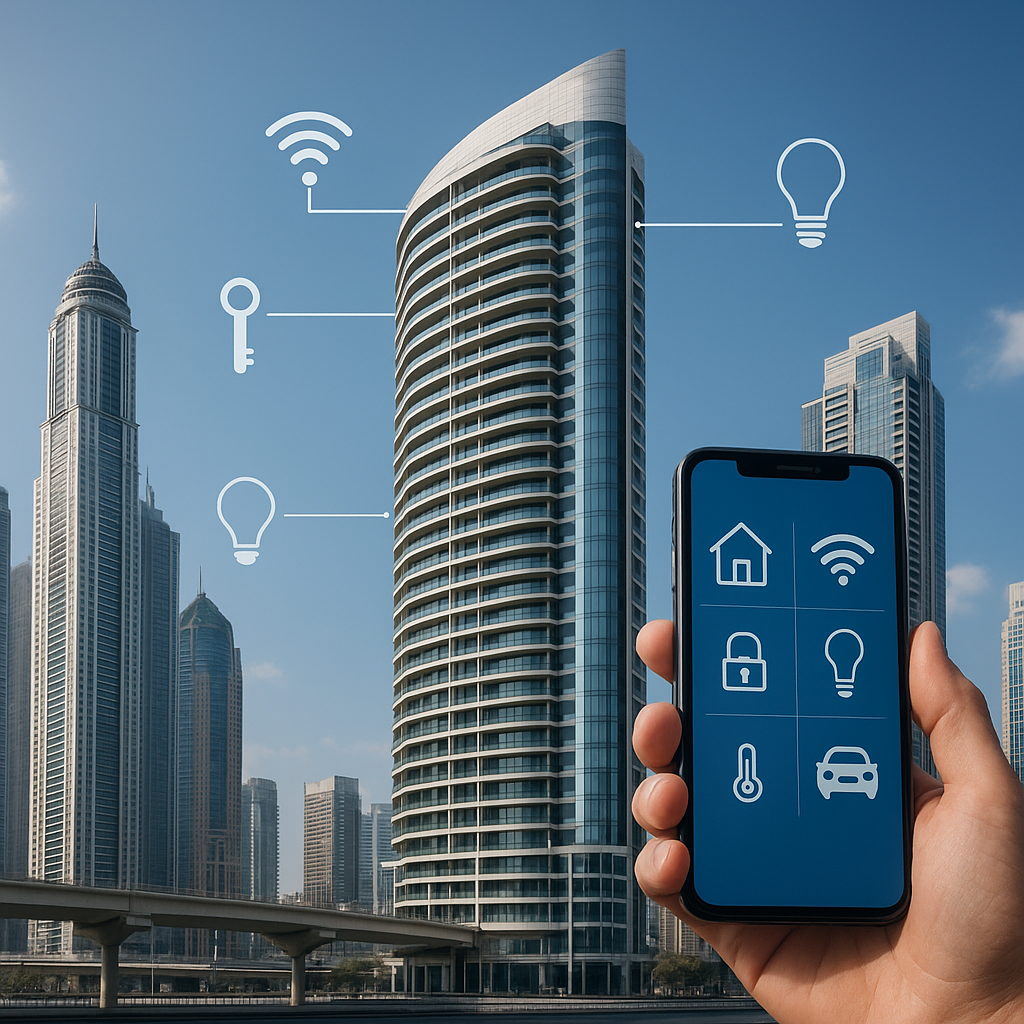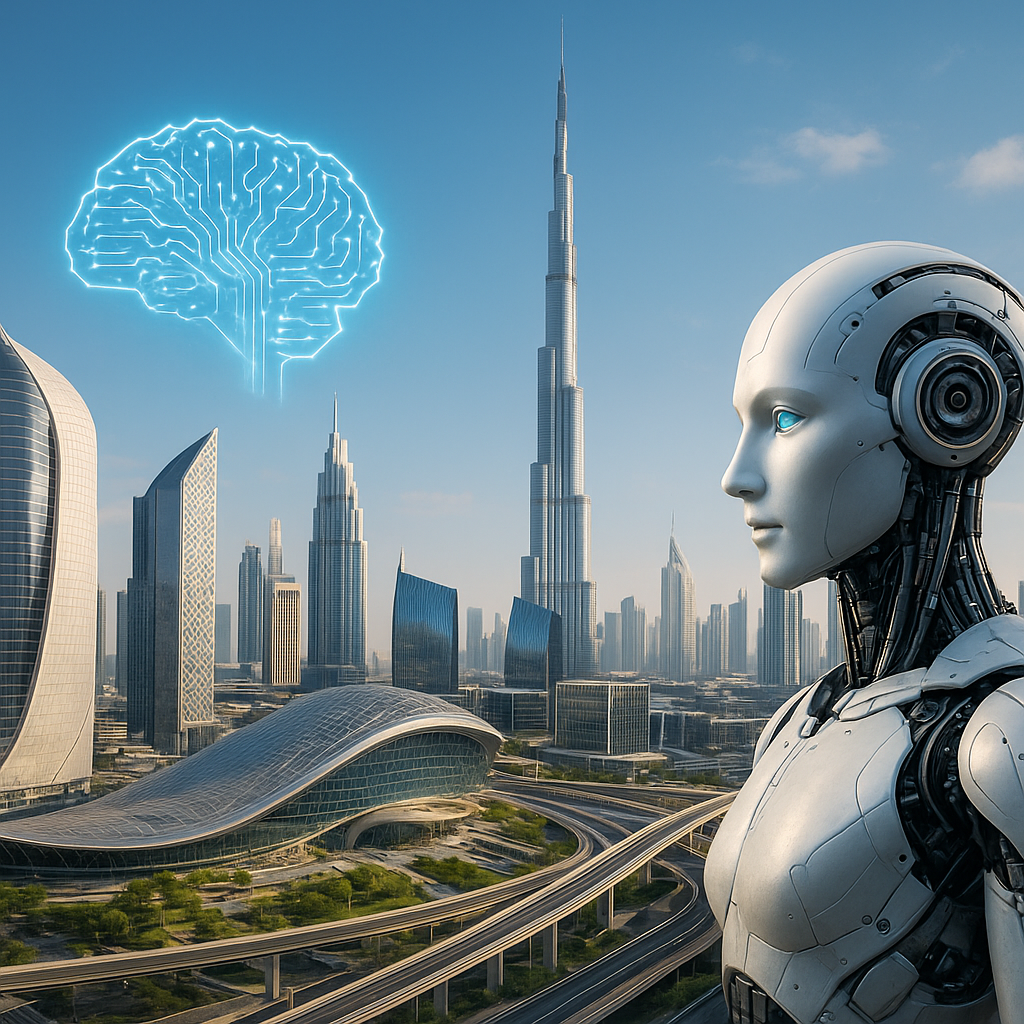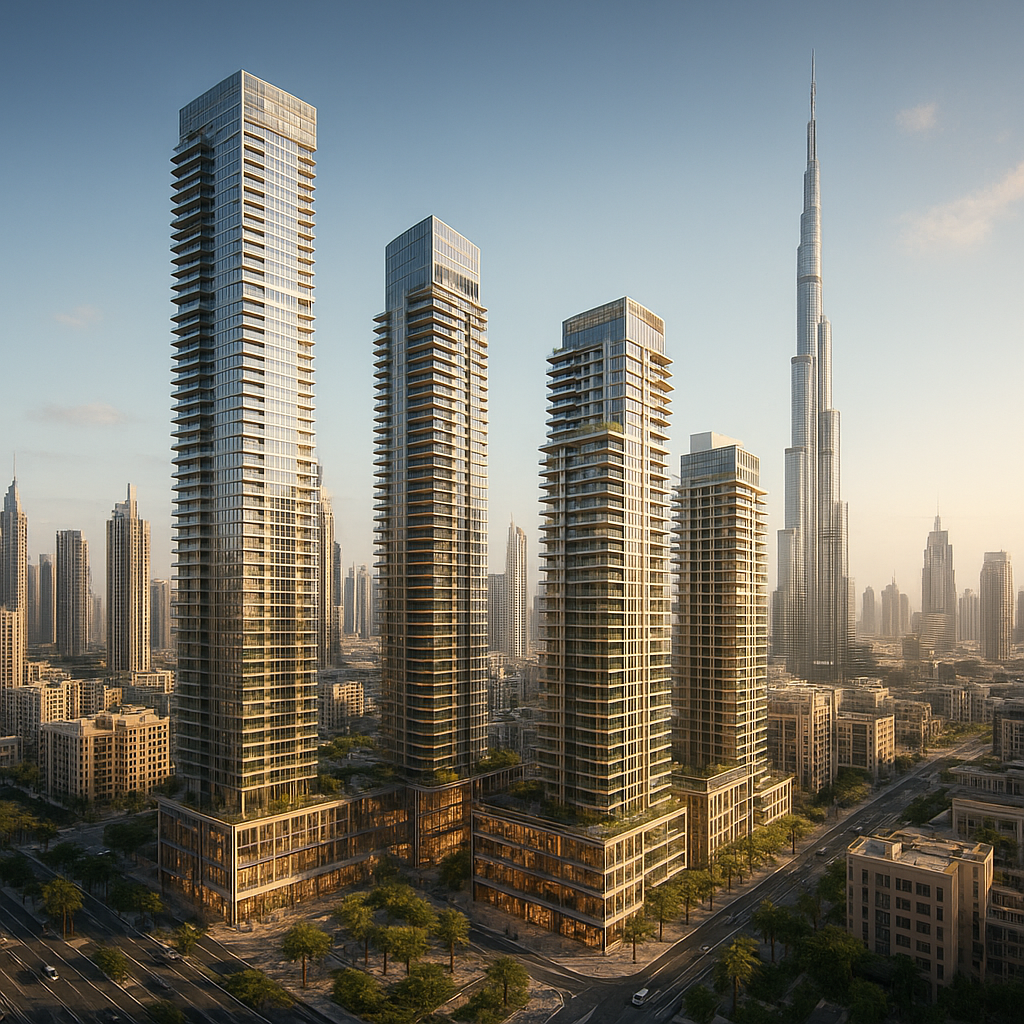Nestled on the shores of the Persian Gulf, the sparkling skyline of Dubai tells a story of ambition, daring and sheer engineering prowess. What once was an expansive sea of sand has been transformed into a playground of soaring towers, ultramodern malls, and artificial islands. Behind every gleaming façade lies a well-orchestrated ballet of manpower, machinery, and cutting-edge technology. This article explores how the city turns desert into icons, detailing the methods, materials, and mindsets that drive its unstoppable rise.
Laying the Groundwork: Foundations in the Desert
Turning shifting dunes into stable platforms for skybound megastructures demands ingenuity. Before the first steel beam is hoisted, Dubai’s engineers conquer the ground beneath.
Ground Improvement Techniques
Desert soils are often loose, non-cohesive sands requiring extensive treatment. Key methods include:
- Dynamic Compaction: Heavy weights dropped repeatedly to densify the upper strata.
- Vibro Stone Columns: Stone columns installed vertically to improve load-bearing capacity.
- Chemical Grouting: Injection of cementitious or polymer grout to bind sand grains together.
High-Performance Materials
After preparing the terrain, builders pour hundreds of bored piles—sometimes over 70 meters deep—using concrete mixes tailored to resist corrosion and shrinkage in a harsh saline environment. Marine-grade steels, coated to withstand humidity and heat, form the cage of these piles, providing stability for the next phase.
Engineering Marvels: Designing for Height and Resilience
Soaring above 800 meters, Dubai’s supertalls challenge gravity and the elements. Designs here balance aesthetics with the relentless forces of wind, temperature, and seismic activity.
Wind and Seismic Considerations
The Gulf coast experiences strong gusts funneling across flat expanses. Engineers employ Computational Fluid Dynamics (CFD) simulations to map wind patterns around proposed shapes. By sculpting tapering profiles and chamfered corners, structures can reduce vortex shedding. Many towers integrate a tuned mass damper—a massive pendulum near the top that sways to counteract building motion, ensuring comfort for occupants.
Curtain Wall and Cladding Systems
Modern façades must be lightweight, energy-efficient, and visually striking. Dubai’s architects favor unitized curtain wall systems composed of high-performance glass, aluminum frames, and thermal breaks. These panels snap into pre-installed anchors, speeding installation by up to 30%. Reflective coatings reject solar heat while maintaining transparency, reducing cooling loads by as much as 40%.
Sustainable Innovations: Green Dubai
Amid relentless growth, sustainability has become integral to every new project. Dubai’s vision extends beyond spectacle; it demands responsibility to future generations.
Energy Efficiency and Cooling
Cooling represents nearly 70% of a high-rise’s energy demand. District cooling plants, powered by combined heat-and-power (CHP) systems, chill water centrally and distribute it via an underground network. This approach achieves up to 50% energy savings compared to individual chillers on each floor.
Renewable Energy Integration
Solar photovoltaic arrays perch on rooftops and façades, converting abundant sunshine into electricity. Some developments include building-integrated photovoltaics (BIPV), where photovoltaic cells replace conventional glazing. The city’s goal is to generate 25% of its power from renewable sources by 2030.
Water Management
Water scarcity drives innovative solutions. Treated wastewater is reused for irrigation and flushing, slashing potable water consumption by up to 75%. Low-flow fixtures, smart sensors, and reclaimed water lakes at ground level help create lush landscapes without depleting precious aquifers.
Iconic Mega Structures: Case Studies
Several signature projects exemplify Dubai’s capacity to turn bold concepts into concrete realities. Each stands as a testament to the synergy of innovation and ambition.
Burdj Khalifa
The world’s tallest building reached 828 meters through a “buttressed core” structural system—a hexagonal core reinforced by three winged supports. Its foundation poured over 45,000 cubic meters of high-strength concrete in one continuous operation. Equipped with smart elevators that group passengers by destination, the tower moves inhabitants at speeds up to 10 meters per second.
Palm Jumeirah
This artificial archipelago reshaped 94 million cubic meters of sand into a palm tree silhouette. Precision GPS-guided dredgers pumped sand while geotextile membranes separated the reclaimed land from deeper marine zones. Protective breakwaters shield the fronds from erosion, and millions of rocktoe blocks, each weighing up to 1.5 tons, formed the outer crescent.
The Museum of the Future
An architectural marvel, this torus-shaped building confronts fabrication limits with parametric design and robotic welding. Composed of stainless steel panels bearing calligraphic windows, the structure stands without internal columns. Digital twins monitor performance in real time, adapting temperature, lighting, and airflow to occupancy and external weather.
The Human Element: Architects, Labor, and Management
Beneath the steel and stone lies a mosaic of talent. Over 200 nationalities collaborate on large-scale sites, guided by project management frameworks such as the mega structures Engineering Integration Framework (MEIF), which ensures seamless coordination among architects, engineers, contractors, and subcontractors.
Talent and Training
- Specialized training centers certify thousands of workers annually in safety, welding, and BIM operation.
- Digital platforms track skill levels, certifications, and performance metrics, allowing managers to deploy the right teams for each complex task.
Quality Assurance and Safety
Strict international standards—ISO 9001 for quality and ISO 45001 for occupational health—govern every phase. Drones inspect welds and cladding joints, while AI-driven cameras monitor helmet and harness compliance. Such systems have driven safety incidents down by 70% over the past decade.
Future Frontiers: What Lies Ahead
As demand for ever-taller, more glamorous landmarks grows, Dubai’s next chapter will revolve around modular construction, robotics, and virtual design. Off-site fabrication of volumetric units could reduce on-site time by up to 60%, while 3D printing may soon produce structural components in days rather than months.
Ultimately, Dubai’s success rests on its ability to blend engineering excellence, bold construction strategies, and unwavering resolve. From ephemeral dunes to permanent panoramas, the city continues to rewrite the limits of possibility.

